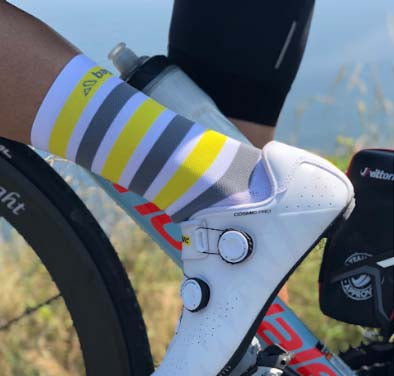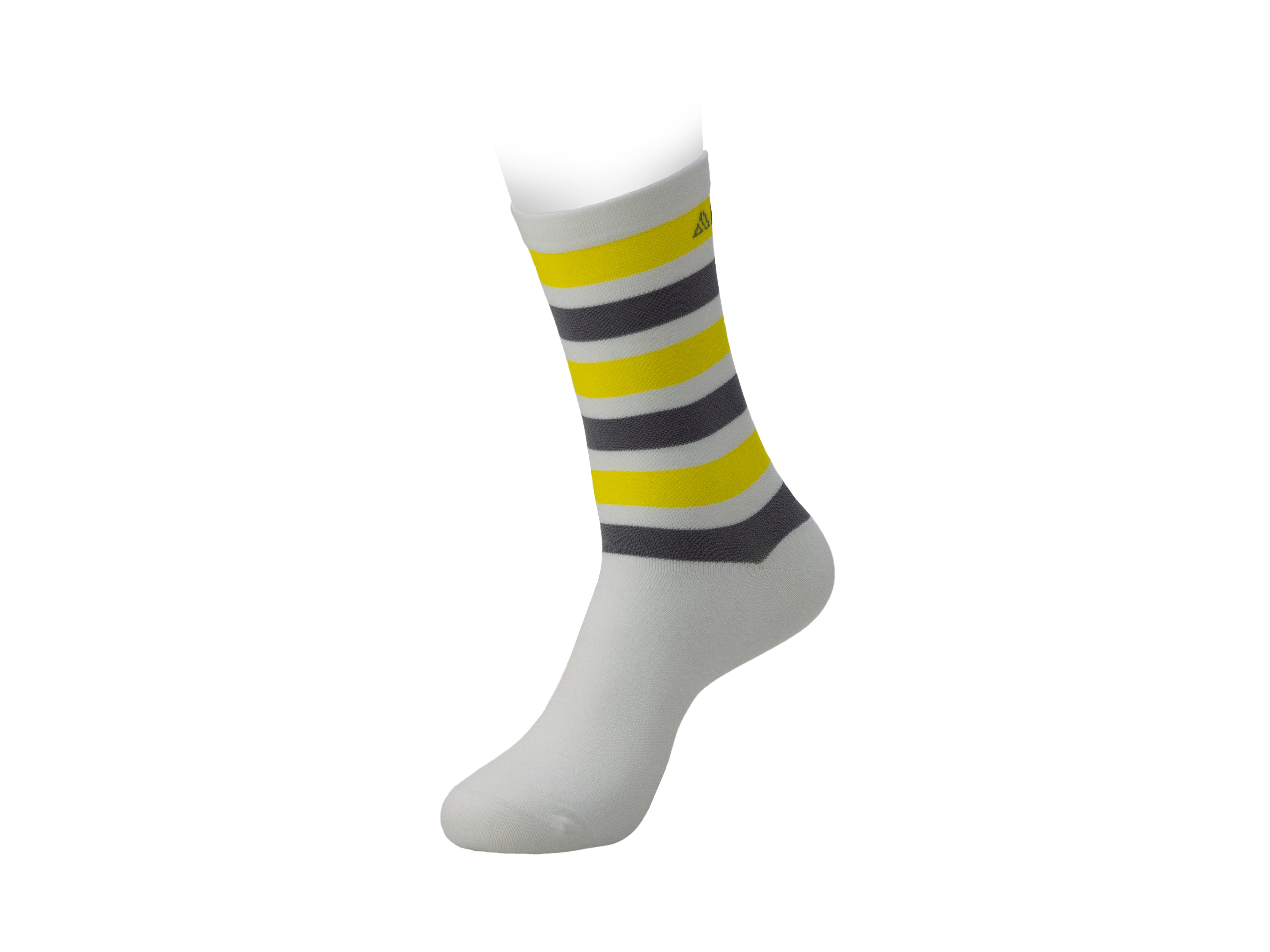POTENTIOMETER YES OR POTENTIOMETER NO?
Do you dare to train by watts?
“I don't need it... I have a good reference with my heart rate... you lose the essence of cycling…” Are you really right?
In 1986, German Ulrich Schoberer designed, manufactured, and filed a patent application for a device capable of quantifying the actual intensity of his training. He needed to make the most of the limited time he had available for training, optimizing his workouts to the fullest and thus making the most of every minute on the bike to be able to continue competing at a
Good level. Schoberer was the inventor of the first bicycle power meter and founder and owner of the prestigious German power meter company “SRM.”

Today, its use is fully established at the professional level. It has become an essential tool for training and competitions in road cycling, mountain biking, and triathlon. But what about at the popular level? Its use is becoming so standardized that
You've probably wondered at some point if you'll be the only one in your group who doesn't have one of them.
What is a potentiometer?
A potentiometer is a device that measures the power in watts that we apply when pedaling, using the force-speed relationship.
Most commonly, power meters, or potentiometers, use strain gauges that vary slightly when a force is applied (just like any digital scale).
By measuring this torque and combining it with angular velocity (cadence), power (measured in watts) can be calculated.
How does a potentiometer help us?
Information is power, and as such, knowing how hard you're pedaling, how much room you have left until your threshold, or how much work you've accumulated in your training will help you understand how your body reacts to the different efforts you face.
Whether you ride your bike simply to stay active, participate in popular rides, or just train like a pro, having this information will come in very handy. Several fellow group members who have no other intention than to ride to stay active and chat with their fellow riders rave about how well the bikes work.
They've been climbing the hills since they installed it. Why? It's as simple as knowing what their performance limit or threshold is in a given time (for this, a test is necessary), and they climb the hills at an intensity they can handle without becoming so exhausted that
reach the end of the journey without an ounce of strength.
Now, heart rate monitor advocates will say that you already have that with your pulse, right? Yes, but no. Ideally, you should combine the two, but power is an instantaneous reference, and your pulse has a certain delay between the time you exert yourself and the time your body reacts to it. In addition, factors such as digestion, fatigue, heat, or dehydration can all affect your pulse. Surely (and every body is different), in the first hour of a hike, you can afford to push the machine more than recommended without your pulse showing signs that you're entering the red zone, and that you're giving your body a hard time that you'll pay for sooner rather than later.
However, when you've been riding for four hours and you're approaching the final climb, your heart rate will be sky-high, and you'll feel like you're going really slow even though your heart rate says you're climbing at 110% of your potential. It's already too late.
If you're one of those who train by the book and want to try training in watts, prepare for more pain than you've ever experienced before. Here we can see a comparison of an effort measured in ppm and watts.

In this screenshot of one of my workouts, where I did three 10-minute sets, we can see the power in purple and the pulse in red. It's clear how, at a stable power level close to my anaerobic threshold in watts, my pulse rate doesn't approach the threshold in heart rate for the first 3-4 minutes, but I gradually enter the red zone and finish the set above my heart rate threshold, but still maintain my power (barely). You can also see that my heart rate tends to rise a little more with each set.
If I had used pulse as a reference, the graph would be completely inverted; pulse would rise rapidly along with power, and then you would see a stable pulse line and power decaying to a stable watt level but below what I could maintain for a full set guided by power.
What is the difference between the 2 references?
It's been proven with times on different days that maintaining a stable power output according to each rider's capabilities will allow us to complete the route in less time than if we were guided by our pulse. As an example, you'll surely remember some of the stage finishes in Grand Tours where Chris Froome, faced with attacks from his rivals, kept his head down and remained calm. Chris had his homework done well and knew, thanks to preseason tests, how many watts he could generate depending on the time remaining in the stage. While his rivals wore themselves out by making attacks that ultimately failed to come to fruition, he maintained his efforts to eventually overtake them without a chance to respond. As I said, information is power.
When is the power reference applicable?
It's not always necessary, but that doesn't mean it isn't useful. For example, on short, explosive climbs, in a sprint mid-race, or even in XCO races, it may not be necessary to keep your eyes glued to your cycle computer, trying not to exceed the wattage limit.
You'll have enough on your plate just to deal with any of these difficulties and not lose your breath or keep up with the runner in front of you. But be careful, at the end of the workout/race, you'll have information on how much power you developed during that sprint, hill, climb, or Strava segment, and you can compare it with other efforts at that same point, as well as your heart rate on previous occasions. This is a good reference for determining your fitness level or simply knowing if you're improving your performance, since comparing power with heart rate doesn't affect external variables such as wind, heat, riding in a tailback, etc.
To finish: as in other aspects of life, technology has come to solve problems we didn't have before, but if you try installing a power meter on your bike, I assure you that you won't be disappointed. This is coming from a cycling enthusiast who was wary of watts and now has a power meter on his road bike, MTB, and even my bike.
women.
Greetings, colleagues.

